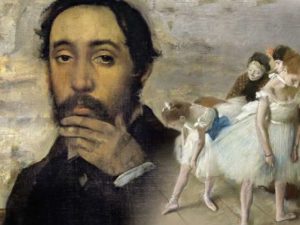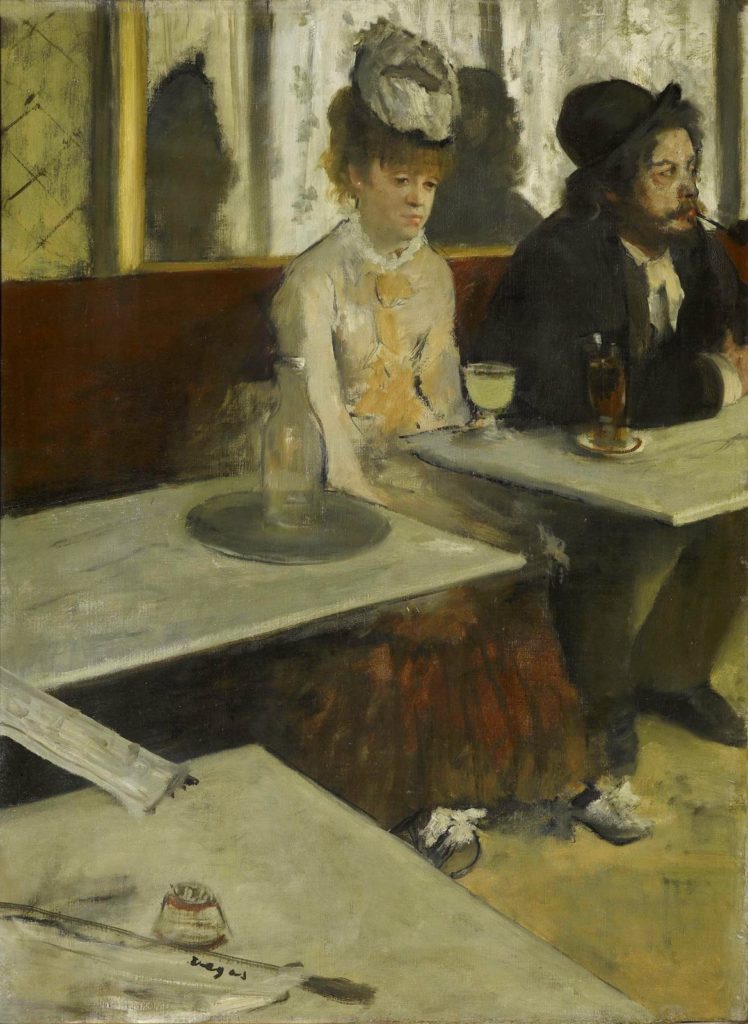A French Master’s True Legacy is Revealed in a New Movie Showing in Houston
This is Degas in All His Perfection — And All His Flaws
BY Leslie Loddeke // 01.10.19Degas: Passion for Perfection is based on the highly acclaimed exhibition of the same name that debuted at the Fitzwilliam Museum in Cambridge, England,.
A great French artist’s unique perspective of ballet rehearsals, horse races, cafe scenes and other colorful sights can be seen in the film Degas: Passion for Perfection, which shows at 2 pm this Friday and Saturday (Jan. 11 and 12) at the Museum of Fine Arts, Houston.
Degas is based on the highly acclaimed exhibition of the same name that debuted at the Fitzwilliam Museum in Cambridge, England, spanning a multitude of masterpieces produced by famed French artist and sculptor Edgar Degas, with many pieces that had never been seen before. The exhibition evoked bouquets of accolades. The Evening Standard called it “stunning,” while The Financial Times observed, “The show offers insight rather than simply adulation.”
The Degas film screening is part of the “Armchair Travel: Exhibition on Screen” series, which has proven consistently popular at the MFAH. This film should be a special draw to the many art aficionados who attended and applauded the major Degas retrospective that was exhibited at the MFAH through early 2017.
Here’s a way to see many of his most significant works again, and learn more about the artist.
And there’s a special bonus: After the Saturday, Jan. 12 film screening, you can enjoy a gallery concert featuring Carlos Lopez on cornet and trumpet and John Cornelius II on piano in a program of chamber music from the artist’s time (1834-1917), featuring such composers as Georges Enesco and Jules Massenet.
The 45-minute concert, which is free with museum admission, will start at 4:15 p.m. in gallery 220 in the Beck Building.
Besides showing eye-pleasing works encompassing signature Degas pastels, oil paintings, drawings and sculptures of such subjects as graceful ballet dancers in frilly tutus, the movie tells the story of the development of the artist’s style and his overwhelming passion for perfection.
Directed by award-winning David Bickerstaff, the film reveals much about the artist through letters written by Degas, which are narrated by James Faulkner (Downton Abbey, Game of Thrones), and accounts offered by friends and commentators. Some revelations about the artist’s personal life may prove unsettling, as indicated by one United Kingdon publication’s review.
Andrew Pulver of The Guardian praised the documentary for its “glowing gallery dolly shots, informed curatorial comment and a nicely packaged biography.”
The subtitle was chosen to show the artist’s differences from “the traditional idea of the dashed-off, hazy-visual nature of impressionism,” Pulver notes. But while “much is made of the case to treat Degas as an outlier” in the movement, Pulver posited that other factors, like the artist’s attempt to “freeze-frame his pictures’ narratives,” put him at its heart. Moreover, he criticized Degas for being “on the wrong side of the Dreyfus affair” and his “outspoken anti-Semitism.”
Pulver’s critique could provide interesting fodder for post-film discussion among viewers.
The MFAH screening of the current film, based on the Fitzwilliam exhibition, calls to mind the blockbuster “Degas: A New Vision” exhibition which ran at the Houston museum from October 2016 to early 2017 and displayed about 200 of the master’s works. The exhibition attracted outstanding reviews and enthusiastic attendees who thronged to see treasured works of the iconic Impressionist artist such as “The little 14-year-old dancer” (1879-81), the bronze figure of a girl wearing a cotton skirt, a satin ribbon holding back her hair as she strikes a ballet position.
While I loved seeing all that gorgeous art, the most delightful part of that exhibition for me was the sight of a little girl staring awestruck at the gracefully sculpted figure, lost in contemplation of her dreams as a future prima ballerina.
Whichever day you decide to see the film, make sure to walk over from the Law Building’s Brown Auditorium theater through the glowing James Turrell light tunnel to the Beck Building. Upstairs, you can view a Degas pastel depicting a trio of “Russian Dancers” (1899) bedecked in cheerful red and blue colors, hands behind their heads, kicking up their heels in their eternal dance as we, and others before and after us, watch in admiration.
















_md.jpeg)










